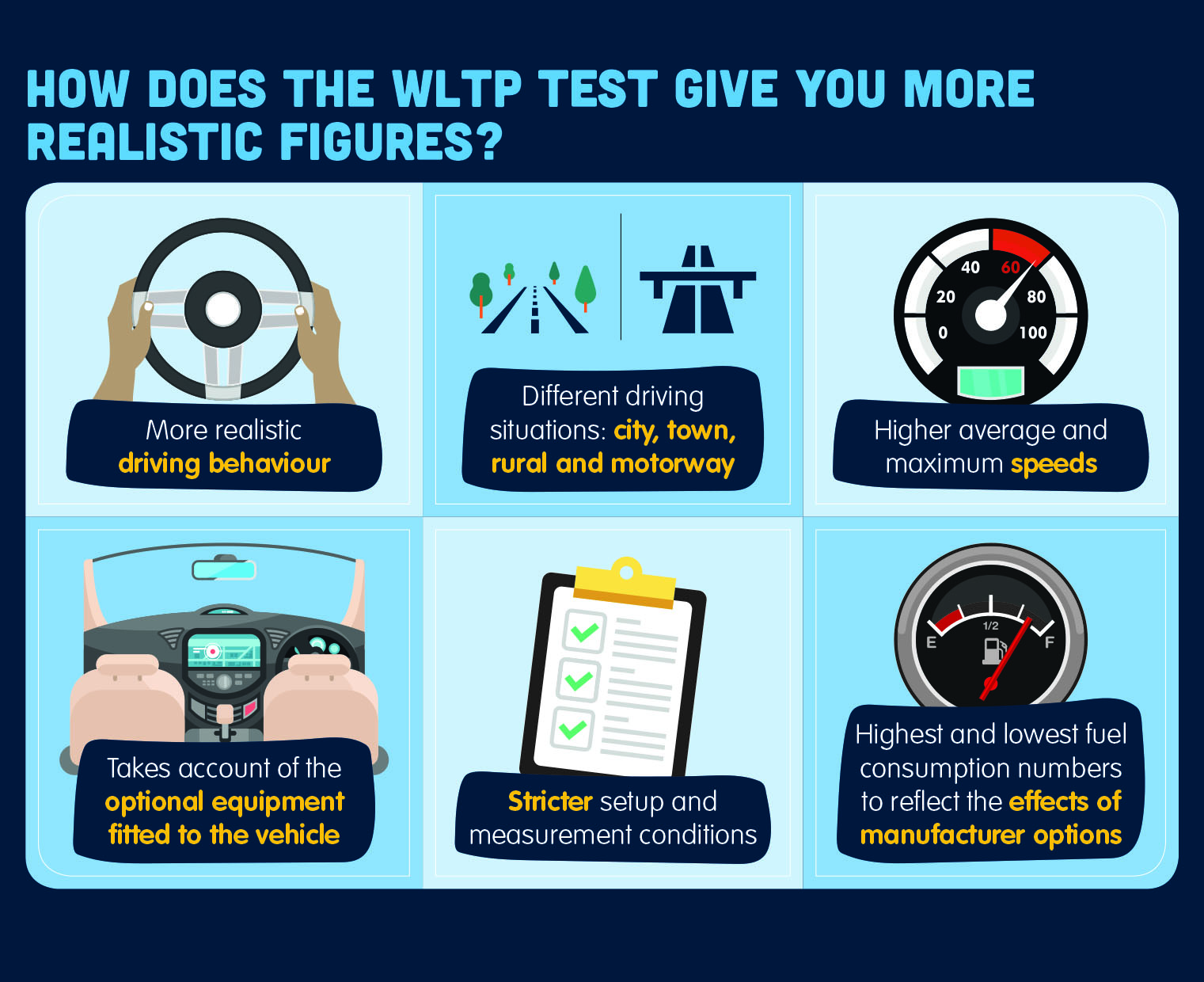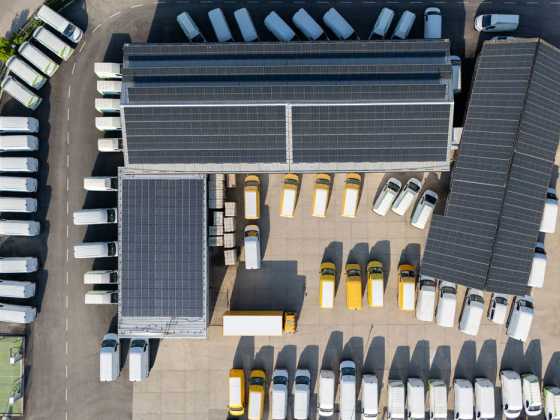Help your drivers make the right green car choices

WLTP test figures should play a vital role in encouraging drivers to choose low or zero emission cars – but the majority are probably not aware of how these can help them make a better-informed choice. To clear the confusion, LowCVP has published two new guides, summarised below
It won’t have escaped your attention that choosing the ‘right’ car for your fleet has probably never been more challenging. Petrol or diesel? Mild hybrid, PHEV or fully electric? And for the ‘user chooser’, things are even more confusing thanks to the advent of Clean Air Zones, the WLTP fuel economy and emissions figures to grapple with, as well as the new company car tax regulations on the horizon.
Combine this with a healthy dose of scepticism for the manufacturers’ past economy and emission claims and it is perhaps not surprising that many drivers now find themselves bewildered and confused by what lies ahead and the decisions they should take. There is a danger that, far from encouraging the switch to lower emission vehicles, this uncertainty and lack of confidence leads to apathy, apprehension and perhaps the wrong car choices being made.
In fact, the introduction of the more realistic WLTP test figures should play a vital role in encouraging drivers to choose low or zero emission cars – but the majority are probably not aware of how these can help them make a better-informed choice. Crucially, the improved test means that today’s economy and electric range figures are achievable, in ideal conditions, and so can be used to reliably compare vehicles and choose the one that’s best for them.
This also means drivers can better work out their future running costs (or savings) for their own personal journeys by switching to a low or zero emission vehicle. Many are simply not aware of how big these savings could be: an AA Populus survey for LowCVP of over 17,000 motorists found that the vast majority underestimate their potential monthly savings from running a fully electric vehicle. The survey found that on average car drivers think they can only save around £30 a month – less than half the typical saving possible.
LowCVP guides for drivers
To help overcome this and stimulate the uptake of low emission cars, the Low Carbon Vehicle Partnership have produced two simple guides for drivers: Know your Fuel Costs and Know your Electric Range.
LowCVP’s Managing Director, Andy Eastlake, commented: “Accelerating the move to low and zero-emissions transport can only happen if consumers have confidence in the new technologies they are being offered and understand how these will perform for the journeys they drive – yet too many are still sceptical about the improved fuel economy and electric range capabilities of the latest cars and have little faith in the official numbers. The importance of the new WLTP figures in helping consumers choose the right car and changing their behaviour really can’t be underestimated.”
Above all else, these LowCVP guides are designed to help drivers make the most of the more reliable, robust information that’s now available by also thinking about their own journeys and true mileage. They may then be surprised how well the latest low or zero emission vehicles could fit into their lives and the savings on offer. Department for Transport statistics show that 98 per cent of car journeys are less than 50 miles – which could easily be 50 all-electric zero emission miles for many.
Know your fuel costs
The improved WLTP fuel economy test uses more sophisticated testing techniques, tougher procedures and ‘real world’ driving styles to better reflect how we drive today.
The fuel economy figures are based on four different journeys (city, town, rural and motorway) which you can compare to the way you drive to get a more reliable idea of how far your fuel will take you and how much it could cost in a particular car.
The WLTP test also accounts for manufacturer options like larger wheels or a heavy panoramic roof – while they look great, they can adversely affect fuel economy. This means there’s no nasty surprises.
Put simply, the WLTP test gives you more realistic information so you can be a smarter car buyer and pick the most fuel efficient new car for you.
What is WLTP?
WLTP stands for the ‘Worldwide Harmonised Light Vehicle Test Procedure’. It’s the new globally recognised official lab test for measuring a new car’s fuel economy, electricity consumption, electric range and emissions, and replaces the previous NEDC test.
Why has WLTP been introduced?
The old NEDC test was introduced over 25 years ago, and is actually based on original principles from the 1970s. As you’d expect, times have changed and there have been big advances in car technology, testing procedures and how we now drive. The WLTP test reflects these changes, to give you a far more representative and useful indication of a car’s fuel economy, emissions or electric range.
How realistic are the new WLTP figures?
If you drive carefully in ideal conditions, it should be possible to achieve the WLTP fuel economy figures. However, there’s no lab test that can 100 per cent reflect real-world driving conditions and behaviour, so there will always be some differences.
How do they work out a new car’s electric range?
All official range figures for electric vehicles come from the new WLTP test. The test measures fuel economy, electricity consumption, electric range and emissions using more sophisticated testing techniques and tougher procedures. It’s based on the types of journeys and the way we drive today, giving you more realistic and reliable information.
Are these range figures accurate?
The WLTP combined electric range figure is an average, worked out in a laboratory measuring different types of journey, from urban to motorway. Of course, the journeys that you take in your day to day life won’t be exactly the same each time: every day is different when you drive. So while the figures are clearly achievable, the range on your individual journey might be different.
How can I get more range from my electric car?
Things like road and weather conditions, congestion, passengers, and driving style – even the combined weight of the options you choose for your car – all affect your electric range. Driving at lower speeds means your charge will go further – high speed motorway driving will reduce your range.
And because electric vehicles don’t have engine heat to draw on, using heaters in winter or air conditioning in summer will also reduce your range. Also, just as in a petrol or diesel car, fast and aggressive driving – pulling away quickly and braking hard, overtaking fast and making sudden changes in speed – will lower your range too.
Can I use this to work out my cost per mile?
An all-electric car comes with an official electricity consumption figure. This tells you how far it will take you using one unit of electricity, expressed as ‘miles per kWh’. You can compare different electric cars using this figure. If you know the price of the
electricity that‘s charging your car, then it’s simple to work out the cost per mile, too.
What do the range figures mean?
There are two official WLTP electric range figures. ‘WLTP combined electric range’ (or ‘all electric range’) is an average across all four WLTP test cycles (‘low’= city driving; ‘medium’= town; ‘high’= rural; ‘extra high’= motorway). You might notice this is lower
than the old NEDC figure – that’s simply because it’s more accurate. The other figure you’re likely to see is ‘WLTP city electric range’, which only uses the low (city) and medium (town) test cycles.
Download the full Know Your Fuel Costs Guide
Download the full Know Your Electric Range Guide






